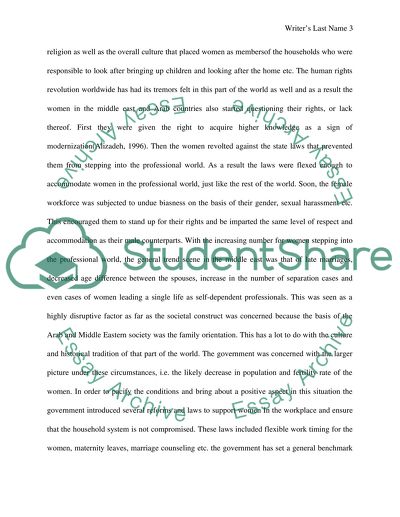Cite this document
(“Comparison between the Qatari Laws and the American Laws related to Term Paper”, n.d.)
Comparison between the Qatari Laws and the American Laws related to Term Paper. Retrieved from https://studentshare.org/law/1498767-comparison-between-the-qatari-laws-and-the
Comparison between the Qatari Laws and the American Laws related to Term Paper. Retrieved from https://studentshare.org/law/1498767-comparison-between-the-qatari-laws-and-the
(Comparison Between the Qatari Laws and the American Laws Related to Term Paper)
Comparison Between the Qatari Laws and the American Laws Related to Term Paper. https://studentshare.org/law/1498767-comparison-between-the-qatari-laws-and-the.
Comparison Between the Qatari Laws and the American Laws Related to Term Paper. https://studentshare.org/law/1498767-comparison-between-the-qatari-laws-and-the.
“Comparison Between the Qatari Laws and the American Laws Related to Term Paper”, n.d. https://studentshare.org/law/1498767-comparison-between-the-qatari-laws-and-the.


